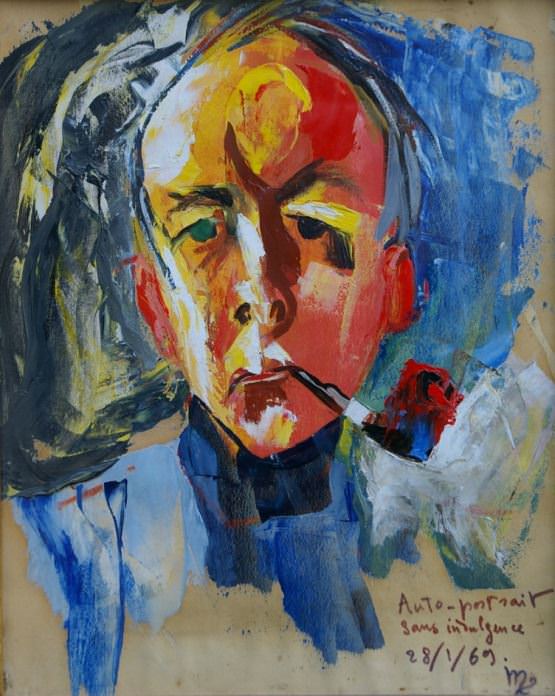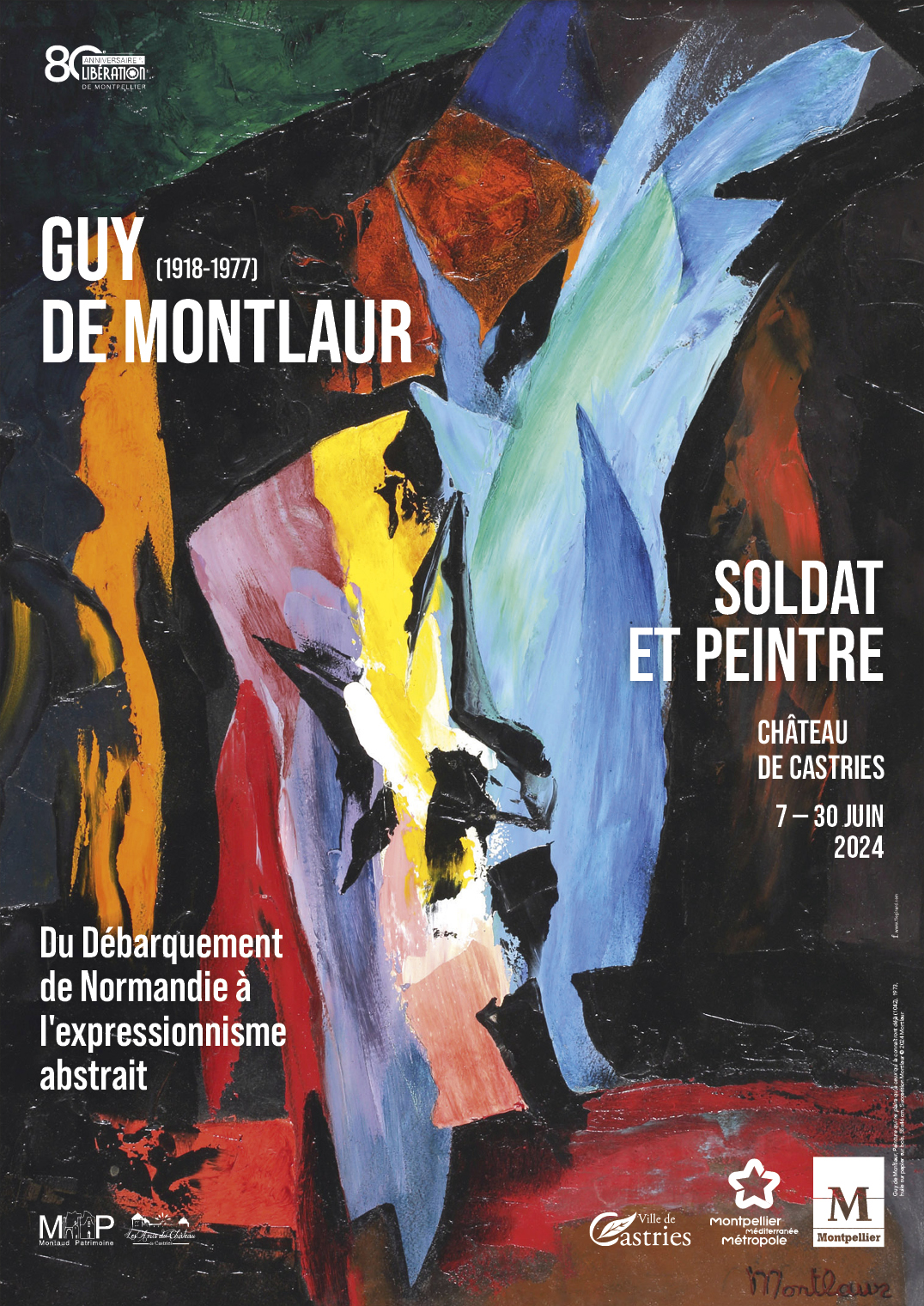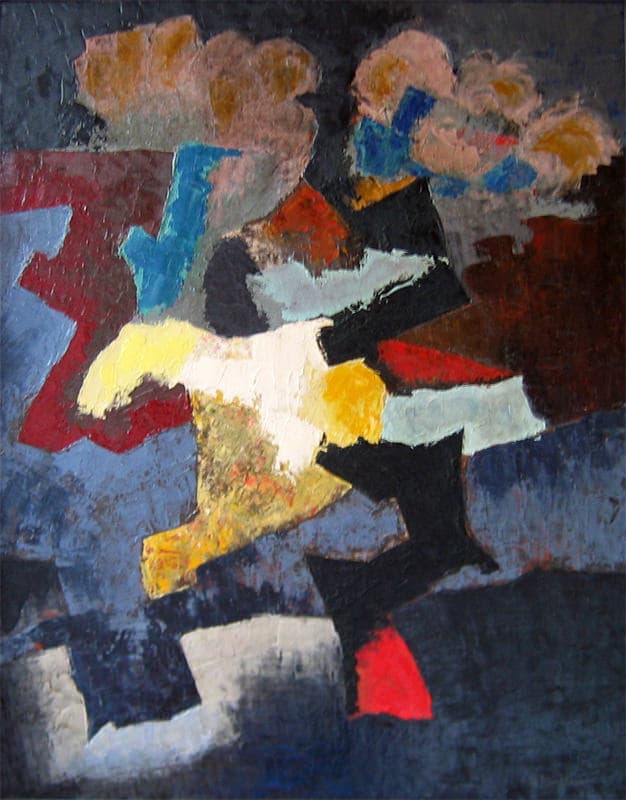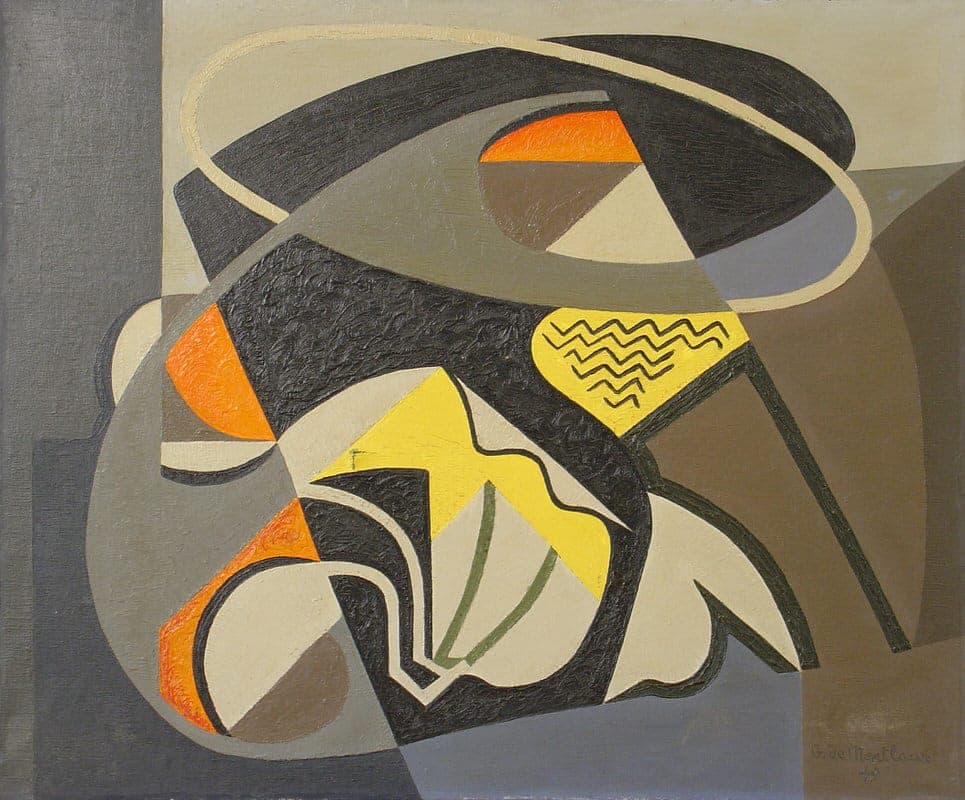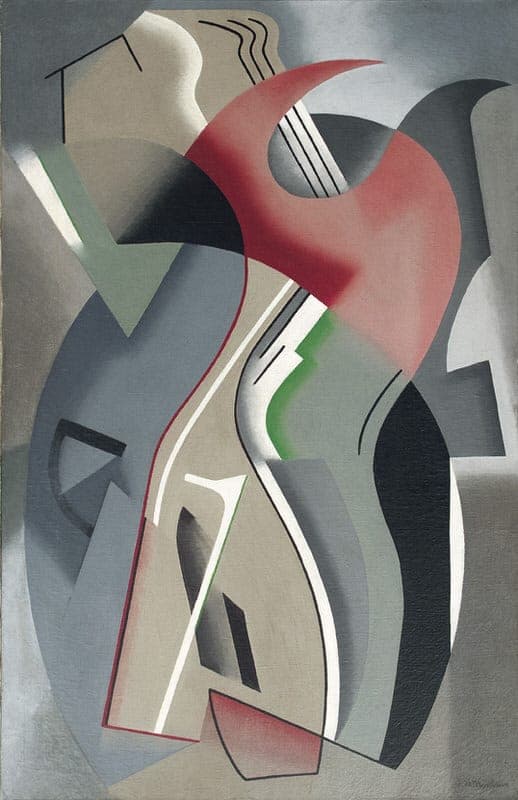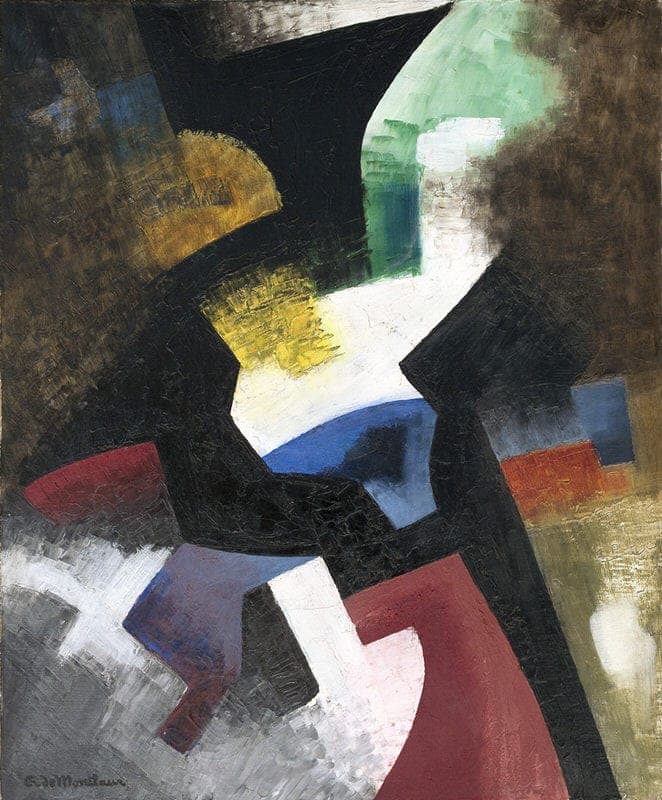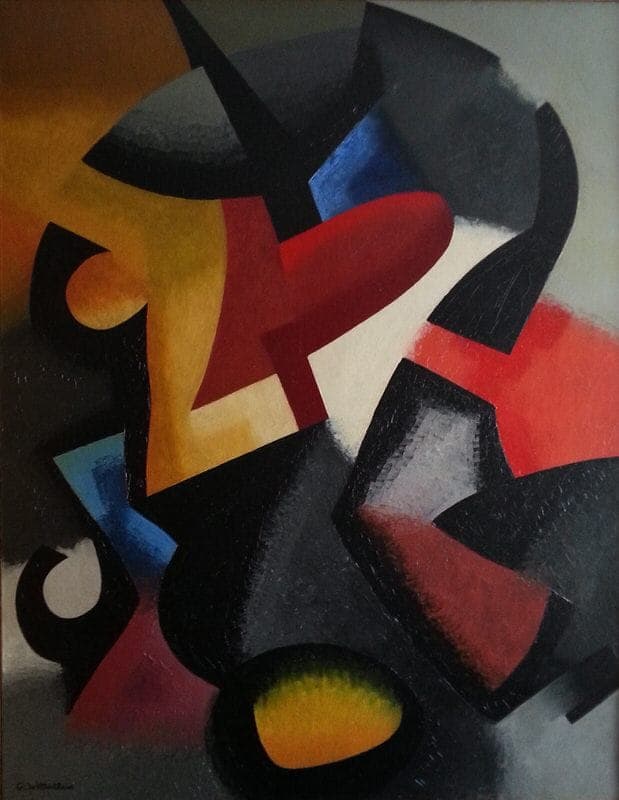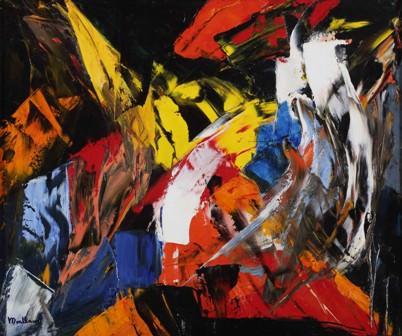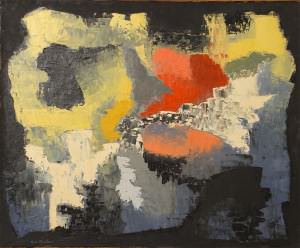XXth Cent Painter
About Guy de Montlaur
I want to shout: “Just look! Look at the mystery! It is piercing your eyes.”
And no one sees it. Nobody but myself. People see colours, shadows, lights, forms. They see (what do I know?) the canvas, the stretcher nails. And I don’t understand they can’t guess all the distress here, under their eyes, as it was during the war: the clamour, death, love, treachery; the lies and the fear. And still more that I cannot say, but I know how to do it.
Yes I say: I know how to do it.
Exhibitions
| Date | Location & description |
|---|---|
6 of June 2024 |
|
To exhibit Guy de Montlaur's paintings: contact us.
Paintings selection
Virtual exhibit
- War
- 70-77
One June Early Morning
The painting evokes the landing of Sergeant de Montlaur on the morning of June 6, 1944. Its construction is very neat, almost geometric. The painter uses the diagonals to represent the large anti-tank and anti-barge metal crossed beams that stood on the beaches. The painting is dynamic: one can imagine the soldier running up the beach, enemy bullets hitting the sand around him. A white swirl symbolizes movement, perhaps the fall of a body or the blast of a shell. As in the painting “Souvenir Normand” , which was painted in the same period of time, the bright colors symbolize blood -red, fire -yellow, metal -black.
Last Blog post
7 et 8 juin Amfreville
Publié le 25/07/2023 par Michael — Guerre
Dans la matinée du 7 juin, les hommes s’enterrent davantage et aménagent les trous individuels qu’ils agrandissent. Ils creusent des couloirs reliant les trous, fabriquent des toits qui sont recouverts de touffes d’herbes arrachées dans les environs.
A 16 h 00 le même jour, 4 chars allemands, dont un Mark VI, arrivent de Bréville. Ils sont arrêtés par quelques Sherman au moment où ils vont rentrer dans Amfreville, l’un d’eux brûle, et les 3 autres (dont le Mark VI) font inverseur.
